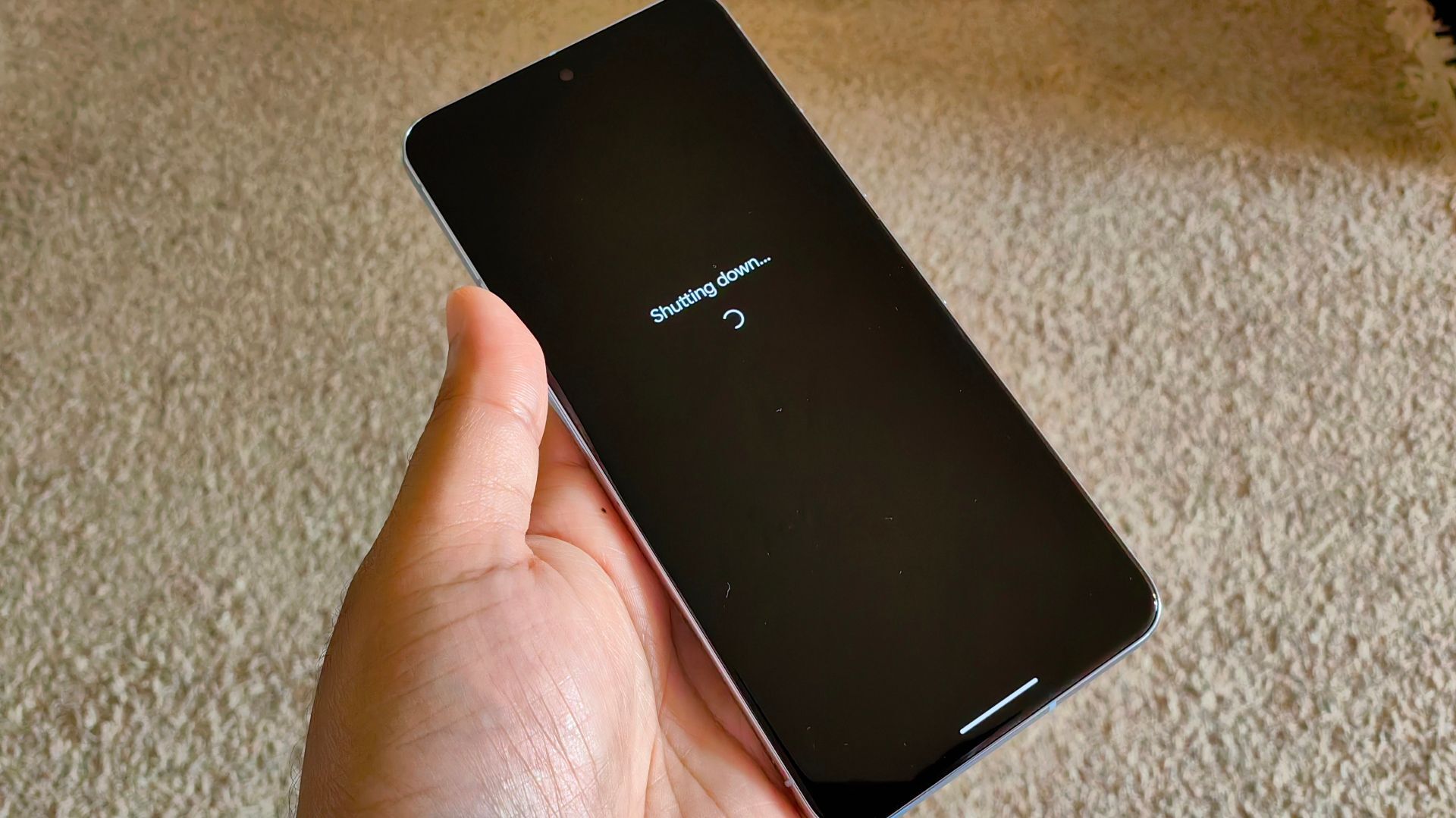“Off”
so off doesnt mean off anymore. got it.
My work uses Dell servers, which have this thing called iDRAC, which is a separate embedded system that can manage the server even if the server is off. The iDRAC can turn the server on even if it’s off. Even if the server is off, you can log into the iDRAC and check the status of the server and see if there are any hardware issues, see if the server is on or off, update the firmware, etc.
This sounds like overkill for a phone, but I wonder if they are doing it this way, with a separate embedded system. If they did, it could potentially use only a small fraction of the battery power Android uses. It could potentially last weeks or even months on a charge.
More likely, it’s booting a separate image - not unlike recovery mode - when it turns off, and like you said, it’s not actually off. But it would be interesting if it has a separate embedded system just for tracking the location even when the OS is powered down.
Ideally they’ll let you turn off this feature regardless of battery implications, because it sounds like a security concern if your location can be tracked even if your phone is off.
Edit: wow, I worded my first section really poorly. But I’m to tired to fix right now. Hopefully you understand what I was saying.
If you set an alarm and shut down your phone, it will actually boot up again when the alarm is supposed to ring. This has been a thing for years on pretty much all phones, so they must have something like this already.
Some desktop computers can actually power on by a RTC trigger, so it’s not a stretch.
Lots of gaming consoles and such have this feature also so they can be turned on/off remotely and perform basic functions while “off” without consuming large amounts of power running the main processor(s).
as a sysadmin, ive useed systems like dells proprietary version of this for decades.
its a ‘wake on lan’ feature of the network card, which still gets power and ‘listens’ over the network when it gets an appropriate signal, it then triggers the machine to boot. the lan provides the power to run the ‘monitor’.
very common, very old. and i agree similar… but not quite what this phone thing is.
some computers/servers need a dynamic power state, but even so the WOL feature can be removed.
we are no longer in control of our phones hardware, so we cant just remove things.
Wich is 11/10 bad for privacy reasons.
So the question is how to completely turn off an android device?
Take out the battery.
Oh…
Aluminium foil - lined case
Even then signals are gonna leak through.
If I can find it when it’s “off”, who else can?
Same people who can find it when it’s “on”, I suppose.
Me, and I will find you
Honestly, I’m shocked it took this long for Android to actually get something like this. Given how long iPhone has had it. Then again, this is also Google. So you can’t really expect copying to happen quickly, if at all.
Samsung has also had it for quite a long time. Pretty much lots of recent mainline android additions seem to be a port of Samsung software. Repair mode, quick share, now offline find my device. They do seem to benefit from each other though, and that’s a good thing.
Pretty nice.
Side note though, do people here actually read the articles here? It’s pretty obvious this would be a part of FMD. iPhone has already been doing this for years
I think from some of the comments they’re concerned that it won’t be a toggleable flag, that at any point, some spooky man from Google or some 3 letter agency can enable and/or override.
At any time. Which is a very fair point?
However, swings and roundabouts from my end likes the idea of being able to recover lost/stolen hardware so I’d like to hear others voices on it.
Fun fact off doesn’t mean off on modern Android. When you plug in your device and see a battery percentage that means there is software running on the device
That’s the bootloader. It boots when power is connected. It’s limited in functionality.
Actually I don’t believe it is. That part of the system is part of the OS image. I believe its how google tracks the Pixel 8
I used to be an Android device developer back in the Lollipop days. I compiled the various images myself, including the bootloader, recovery, and the Android OS. I can say with 100% certainty that at least back in the Lollipop days, and at least on the vast, vast majority of devices (a device could theoretically change this, and I don’t know everything about every device ever released), the battery percentage that shows up when the phone is off is part of the bootloader, not Android. It’s a separate image entirely.
I’ve rooted many android phones including modern ones. Flashing the bootloader/recovery without the OS always changed the charging animation in the off state in my experience. Can’t say this is how all Androids work, but I’ve never encountered one that didn’t behave this way.
I just know that when I flash anything Linux the offline charging indicator stops working
You most likely are flashing the bootloader, recovery, and OS all in one step. They can be combined into one image and all flashed at once. I doubt the Android bootloader would be able to boot Linux, but tbh, that’s not my area of expertise, so I could be wrong.
I know how it is. Used to work on phone chipsets. That being said, I have no idea how pixel 8 is doing this, but likely the Bluetooth chipset has a mode it can go into to behave like AirTags and just pulse out a BTLE beacon occasionally with both the main OS and sub-OSes turned off and power just being trickled to VCC on the BT chip.
Edit: apologies, didn’t mean to sound so curt. Tl;dr: I know how bootloaders run to allow battery charge while off, not sure how pixel 8 is doing their magic-to-be but have a good theory.
Sounds like the low energy Bluetooth controller can be powered separate of the processor and configured to occasionally drop a beacon.
I’d like to say this is horrible on an outrage but I’m walking around with half a dozen Tile beacons in my bag.
Security and convenience are opposite ends of the same line.
We are the most Trusted & Reliable GTA 5 Modding Store and we provide the best safest.
Bug, not a feature.
Bullshit privateer corporate hackers.














